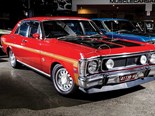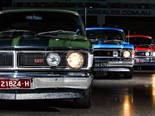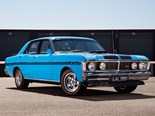Ford Falcon GT-HO racers
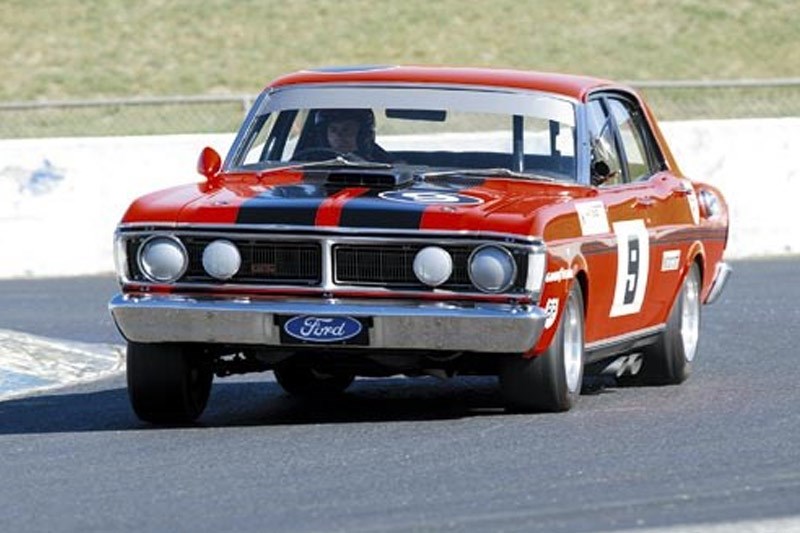


|
Series production racing in the 70s was the duck's guts
For a young tacker who loved motorsport, the late-60s and early-70s were brilliant, with meetings held every month at either Sandown, Calder, Winton or Phillip Island and all offering a huge variety of categories.
While the Australian Touring Car Championship was contested by highly modified Mustangs, Camaros, Porsches etc. and run over a number of sprint races, the Ford-Holden rivalry was born through Series Production endurance races featuring cars based closely on those sitting in showrooms around Australia.
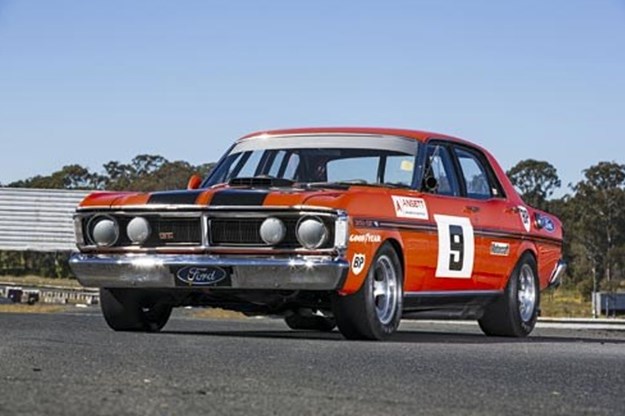
It started in 1967 with Ford’s XR-GT Bathurst win followed by the Holden Monaro GTS 327 victory the next year.
With a win apiece to the rival factories, 1969 saw Series Production racing flourish with Ford and the General having direct or indirect factory teams competing for the first time.
| Read next: Allan Moffat drives the Falcon XY GT-HO Phase III
Ford debuted the 351ci XW Falcon Phase I GT-HO – not to be outdone the General fronted with a grunty Monaro, its V8 engine now 350ci. Fifteen of the 60 starters at Bathurst 1969 were GT-HOs against six Monaros. But after 500 miles of racing it was the Holden Monaro GTS 350 of Colin Bond and Tony Roberts, run by Harry Firth’s Holden Dealer Team, that triumphed after the Falcons suffered a spate of tyre failures.
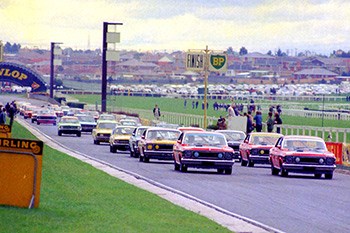
This race ignited a popularity explosion for Series Production racing, simultaneously igniting a blowtorch under the tribal Ford vs Holden fan support-base that continues to this day.
For the 1970 season Holden changed tack, dumping the V8 Monaro for the lighter, nimbler 186ci six-cylinder LC Torana GTR XU-1. Joining the fray was Chrysler, lobbing in with the 245ci Hemi-Six-powered Valiant Pacer with either a two or four-barrel carburettor.
Ford, still smarting over the previous year’s drubbing, made its intentions known with the Phase II GT-HO, an even faster XW Falcon.
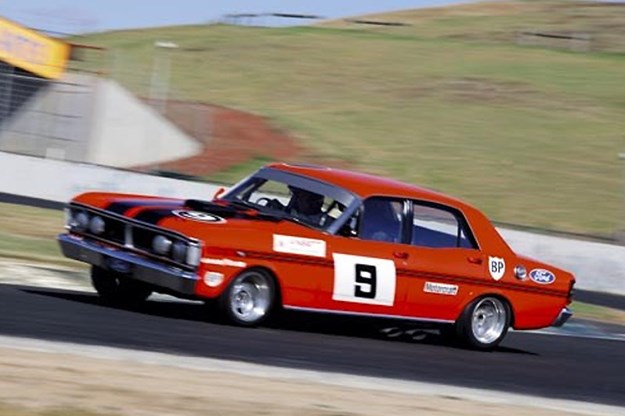
At this time I was earning pocket money at Booran Holden in Caulfield, sweeping the workshop floor, cleaning bench tops and tools, and tidying the mechanics’ lunchroom.
Around mid-year Holden launched the LC Torana and I remember walking into the showroom and seeing a lime green GTR XU-1. What a beauty!
| Read next: Ford Falcon GT-HO values
A fortnight later it was in the workshop, fitted with a very basic roll bar, a fire extinguisher, racing harness, louder exhaust and a few decals. Overnight the showroom T’rana had become a race car and looking back, it was amazing how little work, money and few components that entailed.
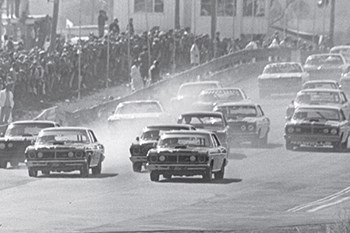
Running it in consisted of the service manager taking it on a few blasts at night and it being driven to Bathurst.
By now it was early October and I watched the XU-1 drive out of Booran Holden, its numbers covered up, its interior and boot full of spares, a jack, tool kit, fuel churns and a sole mechanic behind the wheel. It still wore its number plates. For the record, the late Brian Reed and rally ace Bob Watson took this dealer-funded, virtually stock Torana to fifth in class and it was the third GTR XU-1 home.
No surprise that I sat glued to the telly for the whole race, ready to catch every glimpse of the lime green Booran Holden racer. The week after Bathurst it sat proudly in the showroom once more, exactly as it had finished the race – covered in muck and bugs. After milking its run at Bathurst for a few weeks, it made way for a Kingswood or Premier and I helped pull the stickers off it. I don’t know what happened to it, but I remember people pressing their noses against the glass to see it.
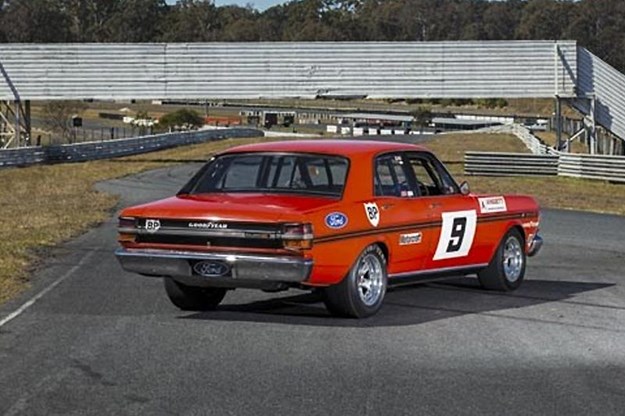
Back to the race itself and my boyhood hero Allan Moffat, driving solo, proved unbeatable taking his and the GT-HO’s first Bathurst crown, both at their second attempt, cementing the fast Falcon’s legendary status.
By 1971 every race meeting had a Series Production race and the Ford vs Holden rivalry formed the backbone of event advertising. If you wanted a crowd you had Series Prod cars on the fixture. Simple.
The big three were also using racing to flog everything from new cars to accessories and services.

Chrysler was first to release a race machine for the 1971 event, pulling the wraps off its RT/38 Bathurst-ready Charger, accompanied by the famous "Hey Charger" ad campaign. Meanwhile Holden elected to soldier on for a second year with the LC Torana XU-1.
Then Ford trumped everyone with the Phase III Falcon GT-HO now in an XY model body. The GT-HO looked like a race car with its cold-air ‘shaker’ sitting on top of a more powerful 351ci engine, bold stripes and an adjustable full-length boot lid spoiler. It became an instant classic.
Heading to Bathurst, Ford’s confidence wasn’t high as three weeks earlier all bar one of its Phase III HOs retired from the Sandown enduro with the XU-1 winning and filling five of the top seven spots.
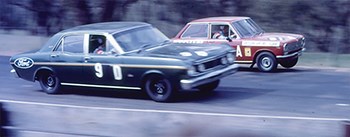
But that mattered little by the end of the first practice session where Allan Moffat crushed everyone, lapping the Mt Panorama track a staggering 13.2 seconds under the 1970 lap record. The other two works Phase III HOs of Fred Gibson and John French got close to his time then it was daylight to the rest.
Falcon GT-HOs filled the first three rows of the grid and despite a few anxious moments when an errant beer carton temporarily blocked Moffat’s grille, he went on to smash the opposition with a stunning solo drive.
The score for Moffat and the Falcon GT-HO was now two poles and two wins from three starts. The legend status of both car and driver would continue to grow.
The 1971 race is remembered for Bill Brown’s 160km/h multiple rollover in his GT-HO at McPhillamy Park, that ended with the car upside down and its back broken. Remarkably a flaggie escaped with his life after nearly being clobbered by the rolling HO and Brown suffered just a black eye.

For 1972 Holden’s GTR XU-1 was the LJ model with a bigger 202ci six; the Charger’s upgrade was a four-speed manual box and the Phase III GT-HO got snazzy-looking lightweight Globe alloy wheels, to extend tyre life. All got open exhausts.
Practice at Bathurst started in the rain but by the end of the day Moffat had his Phase III GT-HO on pole, (his third in three years) going three-seconds faster than he did the year before. Next to him was John Goss and on the second row John French and Fred Gibson, all GT-HO mounted. Peter Brock’s XU-1 and Leo Geoghegan’s Charger occupied the third row.
Race day dawned wet. Very wet. Moffat led initially but slid off in the treacherous conditions after pressure from Peter Brock, whose Torana GTR XU-1 suited the conditions better. Within the first hour both Moffat and Brock had lost their teammates, with Fred Gibson’s GT-HO and Colin Bond’s XU-1 both having rolled.

Worse was to come for Moffat with two blundered pitstops that incurred time penalties and a late race brake problem that saw him finish eight laps down on Brock, who netted his first Bathurst crown.
As the chequered flag fell it marked the end of the Falcon GT-HO’s Bathurst reign. For the 1973 race, (extended to 1000 kilometres), Moffat would be driving the new XA GT two-door Superbird to victory with Pete Geoghegan.

But the Phase III Falcon GT-HO was still competitive enough, in non-Series Production form to give Moffat his first Australian Touring car Championship. Something his much-cherished TransAm Mustang couldn’t achieve.
While Ford continued with the two-door Superbird and Holden the L34 and A9X Toranas, they were more specialised, heavily modified cars that signalled the end of the era of racing ‘showroom’, or Series Production cars. What a pity…
Unique Cars magazine Value Guides
Sell your car for free right here
Get your monthly fix of news, reviews and stories on the greatest cars and minds in the automotive world.
Subscribe

.jpg)








